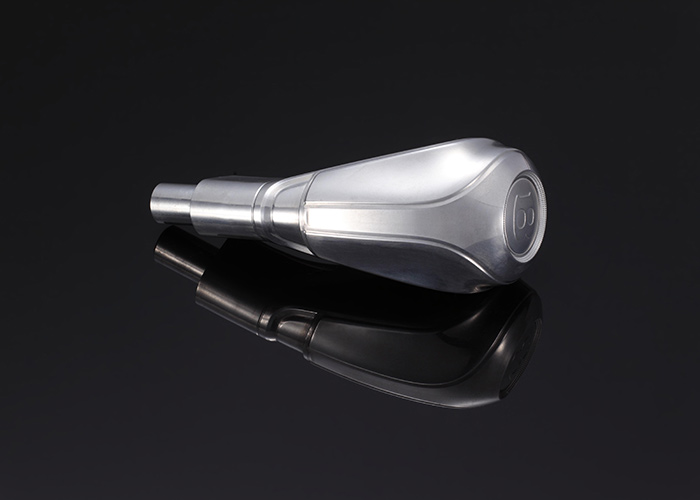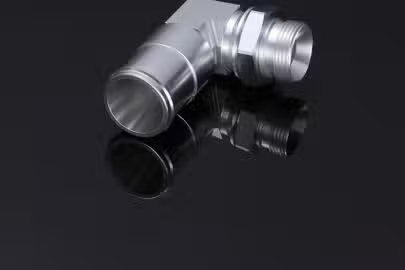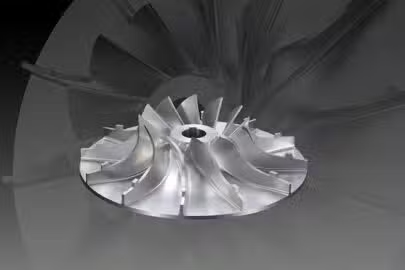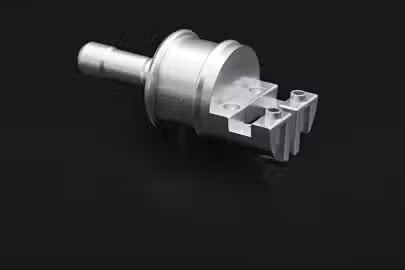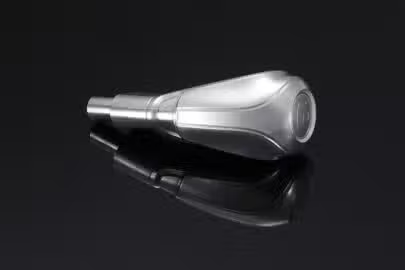Passivation
Passivation is to form a dense oxide film (passivation film) on the metal surface, so that the metal surface loses its original activity, thereby preventing the metal from further reacting with the corrosive medium.
Passivation surface finishing usually adopts chemical methods, immersing the metal in a chemical solution containing an oxidant, such as citric acid, nitrate and other solutions, so that the metal surface undergoes a chemical reaction to form a passivation film.
The passivation film is usually thin, with a thickness of nanometers. It has good corrosion resistance and insulation, but relatively poor adhesion and is easy to fall off. It mainly improves the corrosion resistance and aesthetics of the metal.
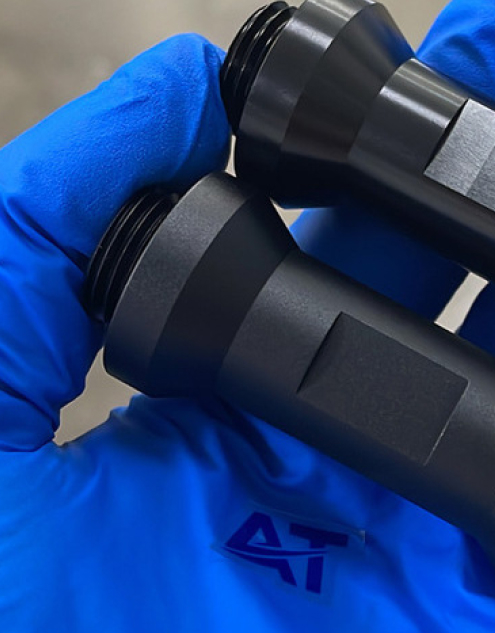
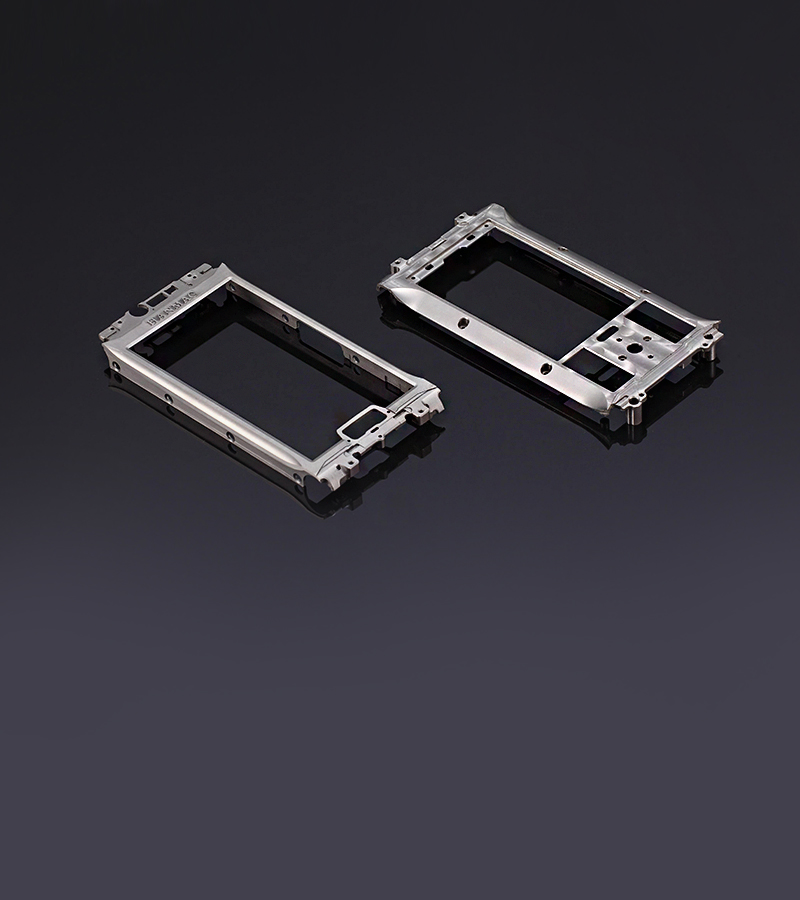
Available Materials For Passivate

High machinability and ductility. Aluminum alloys have good strength-to-weight ratio, high thermal and electrical conductivity, low density and natural corrosion resistance.
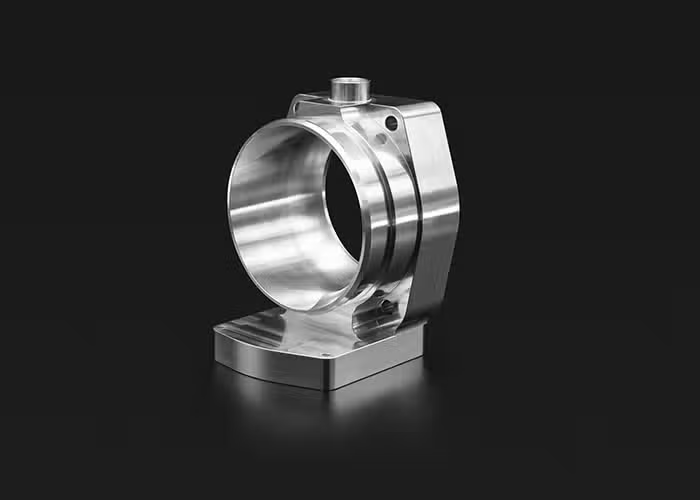
Stainless steel alloys have high strength, ductility, wear and corrosion resistance. They can be easily welded, machined and polished. The hardness and the cost of stainless steel is higher than that of aluminum alloy.

Steel is a strong, versatile, and durable alloy of iron and carbon. Steel is strong and durable. High tensile strength, corrosion resistance heat and fire resistance, easily molded and formed. Its applications range from construction materials and structural components to automotive and aerospace components.

Highly resistant to seawater corrosion. The material’s mechanical properties are inferior to many other machinable metals, making it best for low-stress components produced by CNC machining.

Brass is mechanically stronger and lower-friction metal properties make CNC machining brass ideal for mechanical applications that also require corrosion resistance such as those encountered in the marine industry.

Few metals have the electric conductivity that copper has when it comes to CNC milling materials. The material’s high corrosion resistance aids in preventing rust, and its thermal conductivity features facilitate CNC machining shaping.

Zinc is a slightly brittle metal at room temperature and has a shiny-greyish appearance when oxidation is removed.
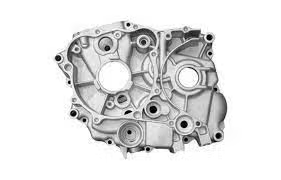
Due to the low mechanical strength of pure magnesium, magnesium alloys are mainly used. Magnesium alloy has low density but high strength and good rigidity. Good toughness and strong shock absorption. Low heat capacity, fast solidification speed, and good die-casting performance.
Design Considerations
- Commonly used passivation solutions include nitric acid and citric acid. Nitric acid passivation is fast and forms a denser passivation film, but it is potentially harmful to the environment and operators; citric acid passivation is more environmentally friendly, but the passivation speed is slower.
- The concentration, temperature and time during the passivation process need to be precisely controlled. Too high a concentration or temperature may cause the passivation film to be too thick and crack, while too low a concentration or temperature may not form an effective passivation layer.
- Common passivation methods include dipping, spraying and brushing. Choosing the right method can ensure that the passivation solution evenly covers the surface of the parts.
- Neutralization treatment is required after passivation to remove residual acidic substances and prevent further chemical reactions.
